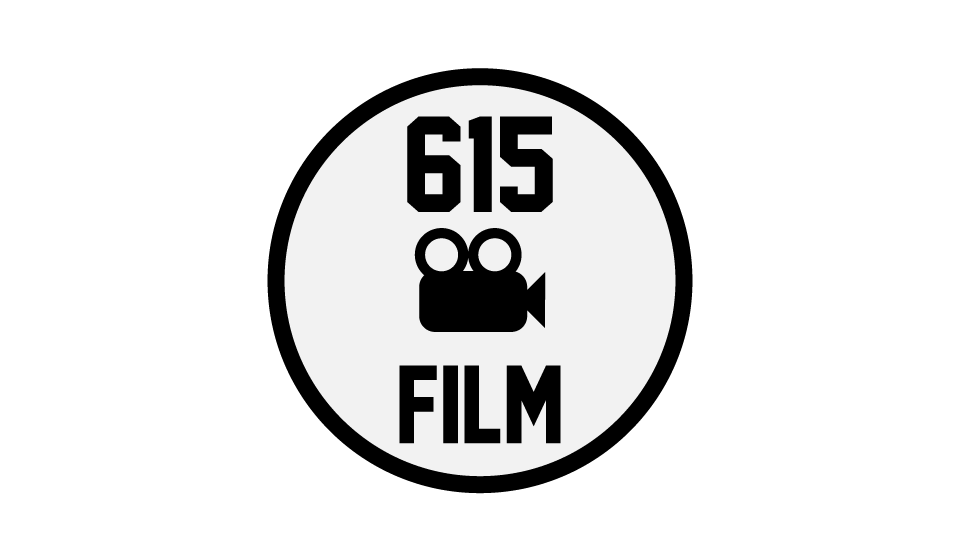A newly resurrected serial killer is on a violent quest to reclaim what is his in the Sundance horror smash from newcomer Chris Nash.
The slasher subgenre operates under a tried and true formula in the annals of horror: a gaggle of unwitting teenagers find themselves in the crosshairs of a mad serial killer driven by an unknown motive in a secluded area, and spectators latch onto the film’s final girl main character while rooting for the slayer to murder her dumb friends in gloriously gory fashion. But with his debut feature film In A Violent Nature, Ontario-based writer-director Chris Nash aims to subvert these tropes to ask what’s going on in the mind of these crazed butchers during a cinematic rampage, and succeeds tremendously with an ingenious concept, hypnotizing direction, reliance on natural sounds rather than a musical score, and savage, but spellbindingly graphic kills.
In A Violent Nature follows Johnny (Ry Barrett), a vengeful spirit resurrected after a male twentysomething named Troy (Liam Leone) defiles his final resting place within a ruined fire tower by removing his mother’s locket from his grave’s marker. With his soul not at rest, Johnny stomps through the forest sight unseen armed with a fire hook and an ax under the guise of an old era firefighter with the intent of getting his mother’s necklace back and finally achieving long-overdue retribution for his death in a horrible tragedy 60 years ago, no matter how many campers he must neutralize in his wake.
What’s fascinating about In A Violent Nature is Chris Nash’s innovative approach to turning this particular subgenre and its subsequent fans on their heads by crafting a visceral, slow-paced slasher that doubles as an exercise in empathy. By following Johnny for the majority of its runtime rather than the poor young souls taking refuge in a nearby cabin, viewers are challenged to watch with their usual excitement or terror depending on their reasons for watching horror films, and then allowed to meditate over why that is with every long take of our sadistic protagonist lumbering through the playground that is his forest.
Nash’s writing also adds a somber level to In A Violent Nature. Johnny may be a pastiche for the serial killers that came before him like Jason Voorhees and Leatherface, shown by a facial disfigurement, intellectual disability and a supernatural element bringing him back to life, but that coupled with small instances of Johnny playing with a toy car in between hunts showcase an endearing humanity to this psychopath that makes us wonder what even the Monster of Crystal Lake did in his spare time. This is cemented further toward the end with a coda of a scene that feels reminiscent of Cormac McCarthy in its bleak exploration of humanity’s and the environment’s perturbing unpredictability.
Ry Barrett also makes Johnny a compelling behemoth to follow throughout In A Violent Nature, as his hulking figure and ominous body language keep him constantly intimidating, even when he’s under his frightening mask or facing away from the camera. But Nash holds nothing back as director when Johnny confronts each of the campers; as each of these occasions are all shot in a different way with amazing practical effects, and see Johnny use fresh methods to carry out his mission, with the most iconic scare coming when oblivious Aurora (Charlotte Creaghan) does yoga at the top of a cliff.
The hyperviolence on display is also made beautiful by how well-crafted In A Violent Nature is on a technical level. Nash has cited Terrence Malick as an inspiration for his work, and that shines through the vibrant greens of the forest and even a gorgeous amber sunset in the horizon above Johnny that’s captured brilliantly with breathtaking cinematography. Meanwhile, jump cuts in the editing process only add to Johnny’s unsettlingly purposeful journey, further implying all he does in daylight is stomp through the forest like an animalistic predator.
As big a breath of fresh air that In A Violent Nature is to its particular subgenre, it does falter at some points when it has to focus on the campers in Johnny’s field of vision. While they do set the stage well in revealing the legend of Johnny and the history of the woods in which they’re staying, their conversations are flat and cringe-inducing when they make cheap references to cancel culture, and some of their scenes go on for too long. It’s also worth noting that a monologue toward the end is tonally true and important to the film’s concept and themes, but still veers toward redundancy the longer it goes.
But that is by design, because In A Violent Nature sets out to play with our expectations for its subgenre during its 93-minute runtime, and does so with gruesome, but refined brutality as a horror film that carries the rare combination of violent kills and weighty substance. Die-hard fans of the genre will have a rapturous time watching Johnny slaughter his victims with more creativity as the film goes along, while others will ponder whether or not those moviegoers should delight in the on-screen dread as they admire Nash’s juxtaposition of nature’s beauty with humanity’s monstrousness. It’s a novel thing to explore within the confines of a slasher, and that’s why In A Violent Nature is in a class by itself.


